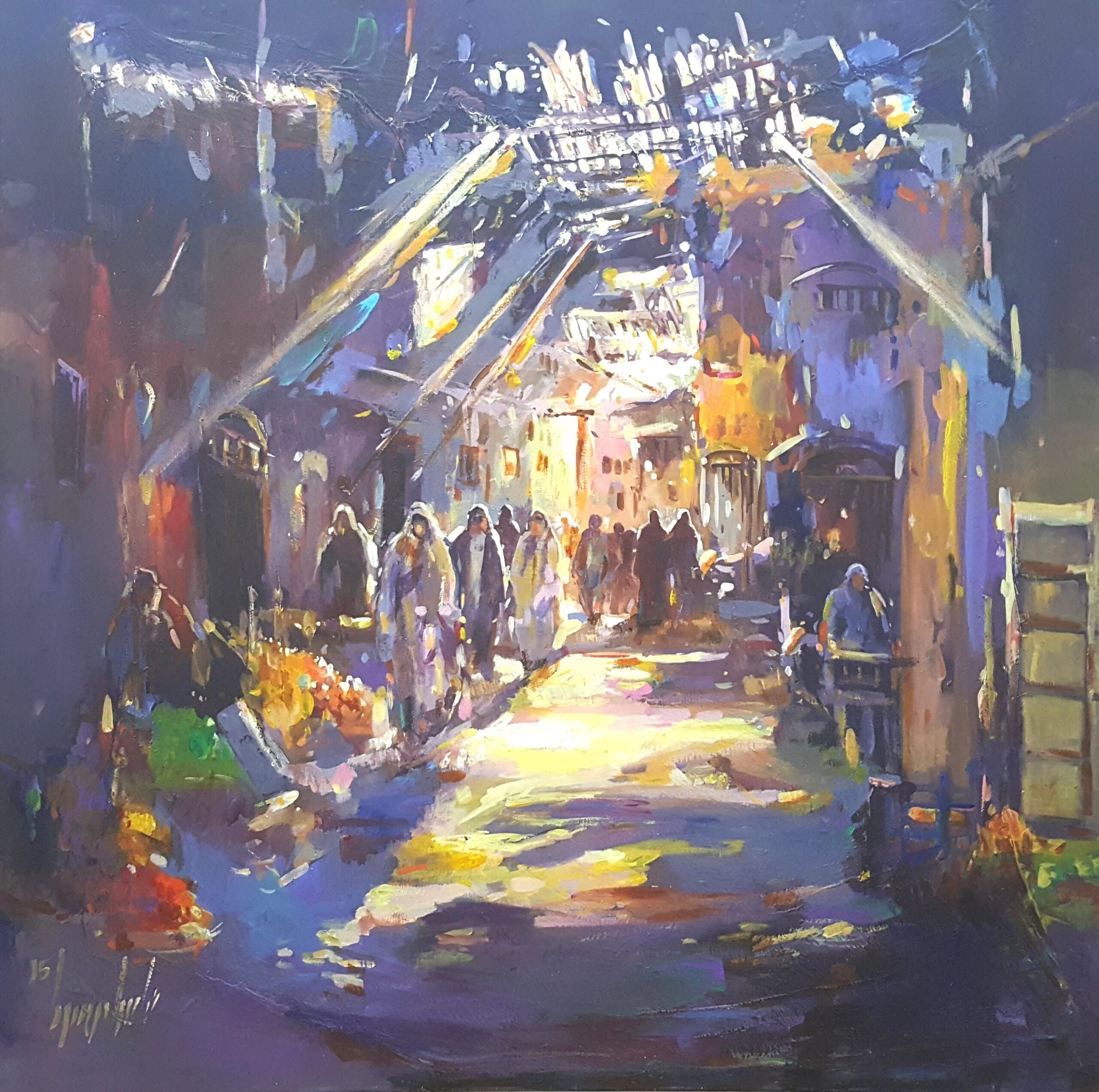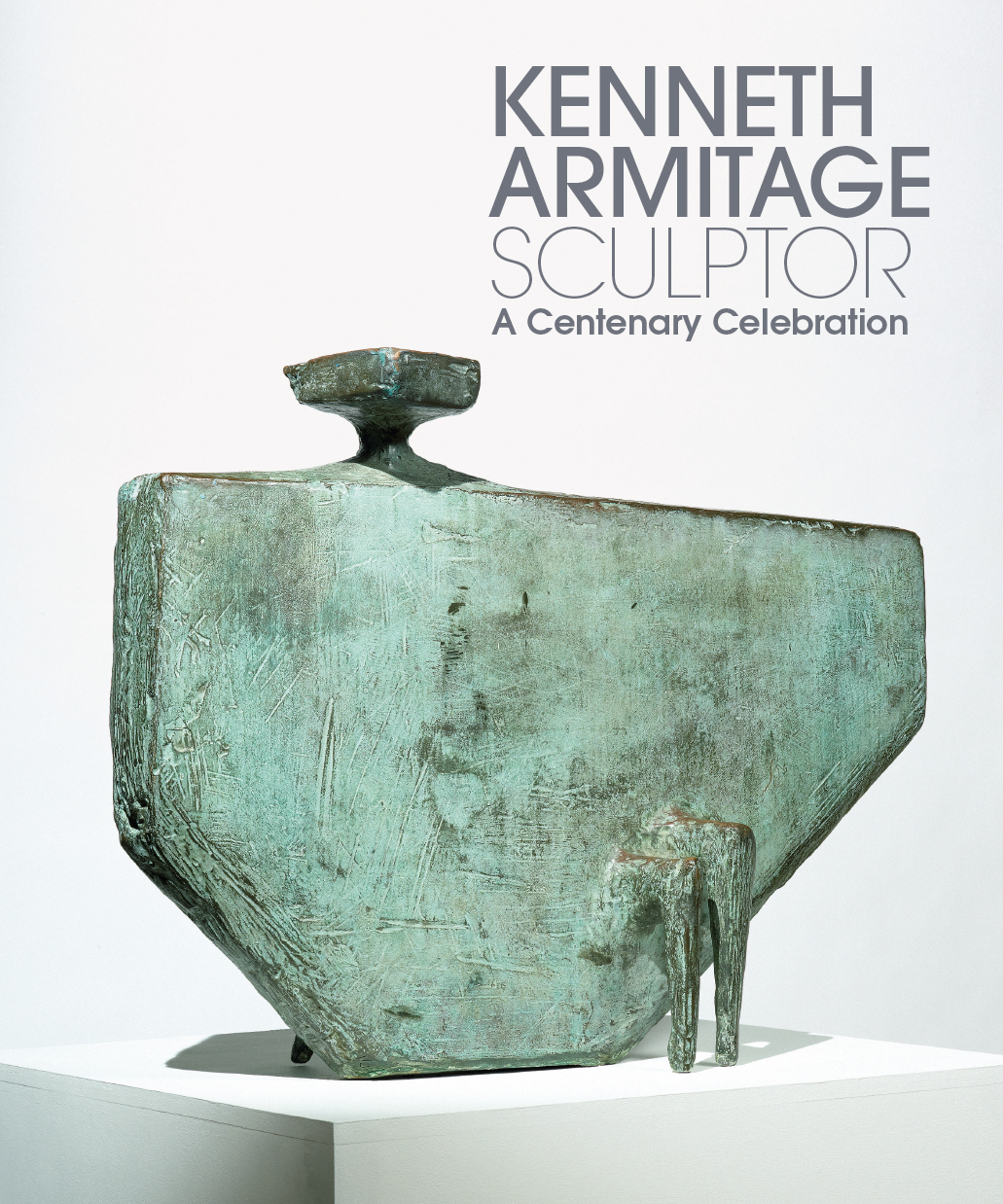FTER BLOOMSBURY: RUGS FROM THE OMEGA WORKSHOPS, 1913-1916
Textile Art at Somerset House
In an inspired collaboration between the contemporary rug producer Christopher Farr and The Courtauld Gallery, five hand-crafted rugs based on original designs by the Omega Workshops will be unveiled at Somerset House, London, from 3 May to 24 June 2012. Visitors to the Great Arch Hall will encounter After Bloomsbury: Rugs from the Omega Workshops, 1913-1916, extraordinarily contemporary-looking rugs displayed alongside their original designs of nearly 100 years ago. Based in London and Los Angeles, Christopher Farr has been at the forefront of contemporary rug design for over twenty years and he and his business partner Matthew Bourne have brought a new vitality to textile art.
The short-lived Omega Workshops marked one of the most creative moments in the history of modernist craft and design in Britain. Founded by the artist and influential critic Roger Fry in 1913, the Omega Workshops was a laboratory of radical design ideas involving many of the most avant-garde artists of the day, notably Fry’s young friends from the Bloomsbury Group Duncan Grant and Vanessa Bell who became co-directors of the company.
Inspired in part by contemporary art in Europe, especially Fauvism and Cubism and the work of such artists as Picasso, Braque and Matisse, as well as African art, the Omega Workshops created a range of objects for the home: from rugs and linens to ceramics, furniture and clothing – all boldly coloured and patterned with dynamic abstract designs. The Workshops managed to stay open during the First World War but closed in 1919. These six years saw the creation of an impressive sequence of designs of wonderful inventiveness and originality which were well ahead of their time and still look fresh and exciting today.
The company was named Omega after Ω which is the last letter in the Greek alphabet, and was shorthand for the phrase ‘the last word in design’. The Omega Workshops was run on the basis of anonymity: the artists were not allowed to sign their work so each piece was stamped, woven, printed or painted with the immediately recognisable logo – . As a result, none of the surviving drawings in The Courtauld’s collection is signed but some of the most powerful compositions can be attributed, on the basis of style, to either Grant or Bell and can be dated to the highly creative years between 1913 and 1916. They were lovers for some of this time and worked so closely together that it is often impossible to be certain as to who did what. Indeed, years later when Grant was asked to help attribute some of the designs, even he was unsure.
The best of the Omega rug designs are bold and lyrical with a strong use of black, often in the form of hatching, and saturated blocks of colour thus creating an organic geometrical pattern. Designs are often cut across by strong, gestural diagonals and lines are left deliberately uneven and irregular. Grant and Bell’s rug designs were to have a direct influence on their painting, opening up the possibilities of abstraction.
The Courtauld Gallery owns the largest surviving group of Omega drawings, about a hundred, bequeathed by Fry’s daughter Pamela Diamand in 1958. The majority of these are for rugs and reveal much about working practices at Omega. However, only a handful of Omega rugs was ever made, probably by the Wilton Carpet company which was one of the few British carpet manufacturers open during the War. A rare survival is the Lady Hamilton Rug in the Victoria and Albert Museum. The new rugs at Somerset House were hand-knotted in Konya in central Turkey, to which some of the earliest examples of hand-weaving can be traced, and are made using the finest hand-spun Anatolian yarn, rich in lanolin due to the extreme winter conditions.
Christopher Farr’s exhibition was inspired by Beyond Bloomsbury: Designs of the Omega Workshops 1913-19 at The Courtauld Gallery in 2009. While undertaking research, curator Dr Alexandra Gerstein consulted Matthew Bourne who, on seeing the drawings with their notes and pinholes in the corners, had the idea of making rugs based on the original designs. Christopher Farr and Matthew Bourne selected five of the most vibrant and challenging of the Omega designs which were translated into working drawings as cartoons for the rug makers. As some of the drawings had faded and others were incomplete, they examined the Omega palette and, after consulting conservators, established the colour scheme to be used for these new textiles.
The striking results of this unusual collaboration to be unveiled at Somerset House are a contemporary interpretation of Omega designs, faithful in spirit but in no way ‘reproductions’ as illustrated by the facsimiles – the original drawings are too fragile to be exhibited – hanging beside them. This dynamic textile art will resonate as powerfully with collectors today as the designs did nearly a century ago. The five rugs are for sale at prices ranging from £5,000 to £15,000.




 Saving...
Saving...